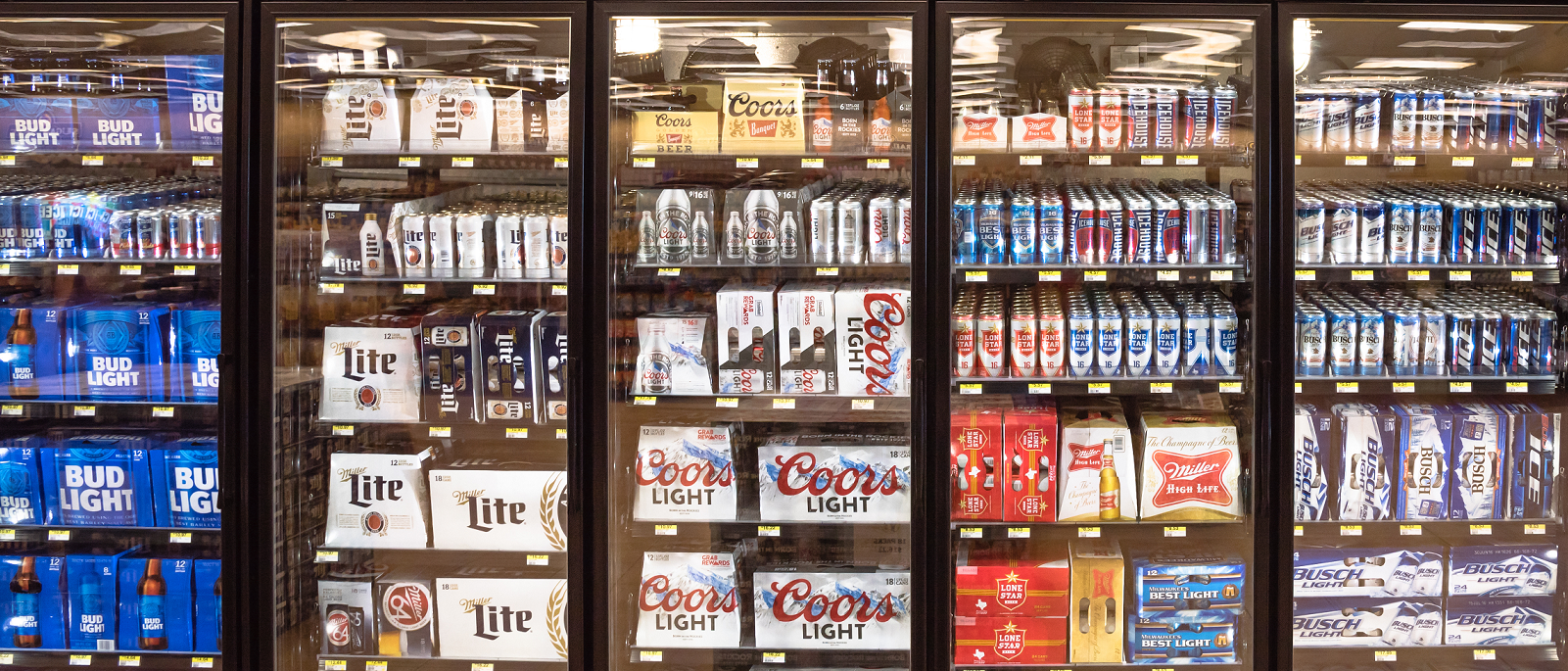There’s more variety than ever in today’s beer aisles, but one thing stays the same: American light lagers dominate the list of the fastest-moving brands at retail. And it’s not even close.
Nine of the top 10 — and 15 of the top 20 — fastest-moving items among packages with distribution greater than 25 percent of all outlets that sell beer are domestic premiums. And packages of Bud Light, Coors Light and Miller Lite hold 12 of the top 20 spots.
Just one of the top 10 is a Mexican import.
That’s all according to Nielsen multi-outlet and convenience data covering the 26 weeks ended Aug. 4.
That’s not to say Mexican imports aren’t important to a retailer’s beer selection. Quite the opposite. That group of fast-growing imports is highly productive, with Corona Extra and Modelo Especial packages holding four of the top 20 spots. But any suggestion those brands should gain additional shelf space at the expense of premium or domestic light beers is misguided, says Dan Werth, chief customer officer for MillerCoors.
“We’ve long advocated balance,” he says. “Every segment — from Mexican imports to premium lights to FMBs to economy — plays a role in shopper occasions. To focus on just the hot brand or the top-selling item at the expense of balance and incrementality is a mistake.”
Continued MillerCoors calls for a balanced approach come as an article published in the beer trade press this week advanced a theory that appears to advocate that retailers allocate more shelf space for Mexican imports at the expense of American light lagers.
Using data from IRI, Beer Business Daily (subscription required) reported that retailers can boost beer category volumes by reducing “redundant and less-productive packages.” In other words, the piece posited, retailers should squeeze out packages of premium light lagers and economy brands to make more space for faster-growing Mexican imports.
A closer look at Nielsen data, however, shows domestic beers remain dominant in terms of productivity and volume. And it’s not just in traditional pack sizes like the 12-pack or the 24-pack; five of the top 20 fastest-moving items are 30-packs, four are 18-packs and one is a 15-pack, per Nielsen.
Despite slowing volume, American light lagers remain at the core of U.S. beer consumption, accounting for nearly one in three beers purchased nationwide, per Nielsen. This segment elicits 36 percent more consumer grocery shopping trips than imports, and on top of that, American light beer shoppers spend about 15 percent more money per shopping trip on average, according to Nielsen Homescan data.
Furthermore, consumers want what they want, says Turiya Luzadder, director of shopper insights at MillerCoors. “That pertains to brands as well as packs,” she says. Among American light lager consumers, some 83 percent of households are exclusive to their preferred light beer, whether it’s Bud Light, Coors Light or Miller Lite, per Nielsen data. In other words, if you don’t have their preferred brand or preferred pack size, they’ll walk. And they may not come back, research shows.
The bottom line: American light lagers generate more traffic from more customers who spend more money. Retailers that opt to pinch them on shelf space in favor of other segments would do so at their own peril.
That’s not to say other segments don’t play an important role — quite the opposite. MillerCoors has been advocating a balanced approach to category management, one in which every segment plays a role in retail shelf sets.
The importance of such an approach is underscored by the fragmentation in the market, which has resulted in an unprecedented amount of individual items, or SKUs, available in the market.
This fragmentation is starting to hurt sales and turnover. While the number of beer SKUs rose 14 percent between 2013 and 2017, productivity per SKU declined 5.1 percent, according to a MillerCoors analysis of Nielsen data. Fragmentation also has led to out-of-stocks in core brands.
There’s broad agreement across the industry that an overabundance of SKUs is hurting sales and productivity. And items that don’t move as quickly should be culled to make way for more-productive sellers.
Kevin Doyle, MillerCoors president of sales and distributor operations, has been pushing an approach guided by four key principles:
- Which beers consumers choose to buy is driven first by occasion.
- Every segment plays a role.
- The core matters.
- Innovation matters.
Success at retail “is far more complicated than moving all drinkers up to the high end,” Doyle says. “Economy drinkers are very loyal. Premium light drinkers are very loyal. If (retailers) don’t give these drinkers the beer they want to buy, when they want it, they’ll go somewhere else.”
So, yes, Modelo and Corona are productive – and growing — “but don’t risk losing your core premium light or economy shoppers,” Doyle says. “They’re still the bread and butter of the industry.”

